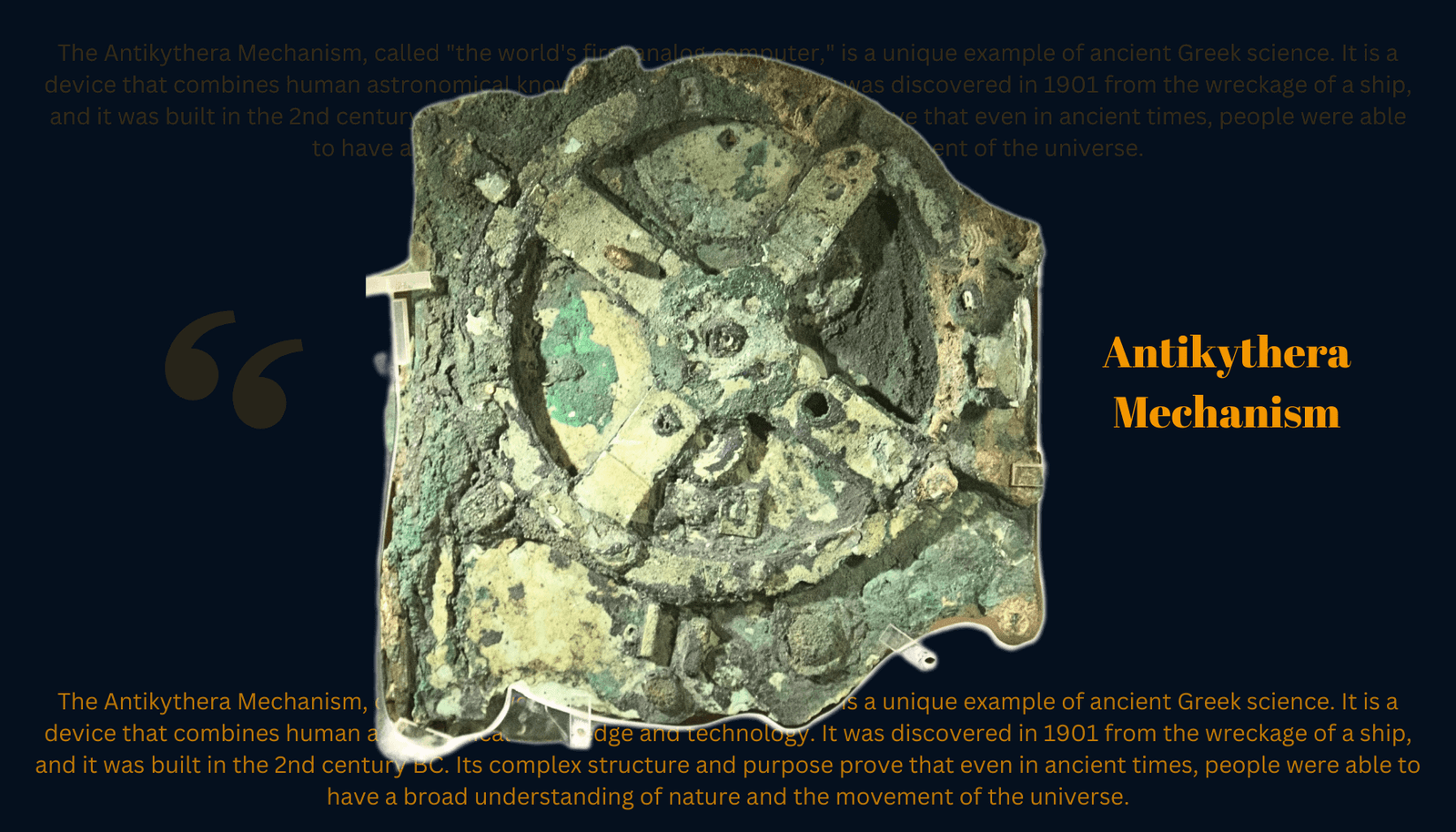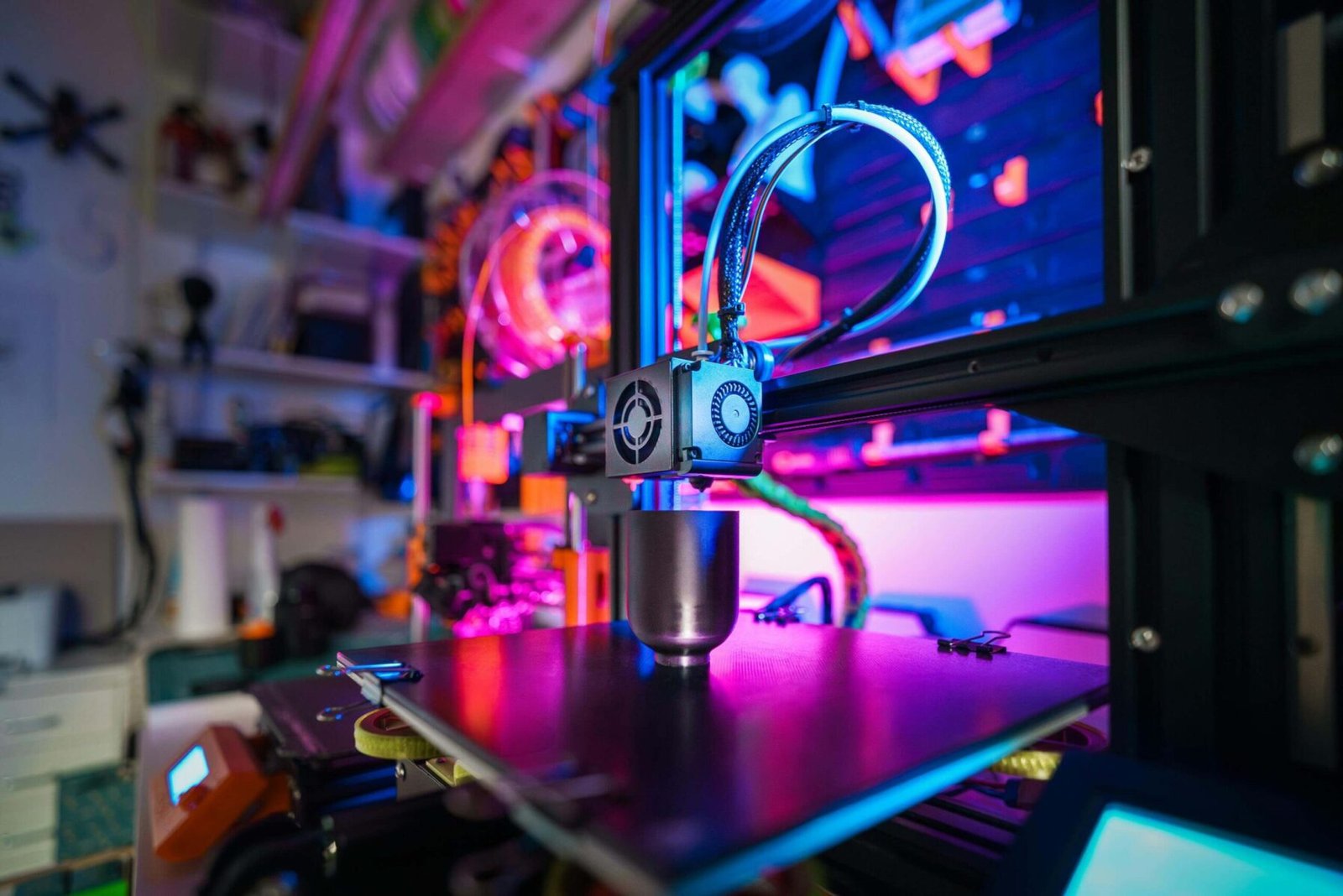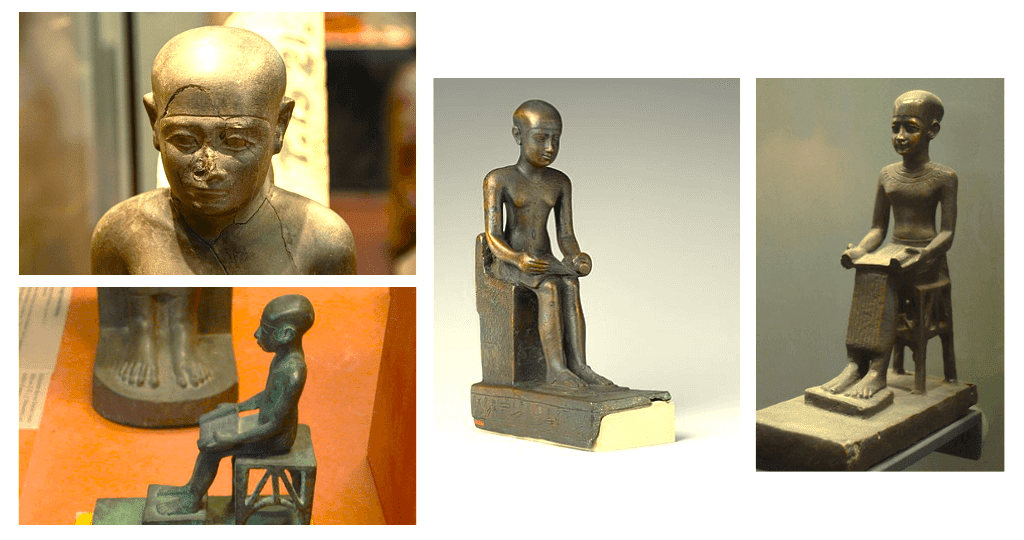
The Baghdad Battery: Mysteries of an Ancient Artifact
Explore the ancient Baghdad Battery—its discovery, structure, and the ongoing debate: Was it the world’s first battery or something else entirely?
- March 29, 2025
- 12:27 pm
Introduction to the Baghdad Battery
Few ancient artifacts stir as much curiosity as the Baghdad Battery. This object, discovered in Iraq in the 1930s, continues to baffle scientists and historians alike. Comprising a clay jar, a copper tube, and an iron rod, the artifact’s peculiar design has sparked theories ranging from a simple storage vessel to an ancient form of electricity. The Baghdad Battery invites us to re-examine what we think we know about ancient technology and challenges the notion that complex electrochemical understanding began only in modern times. In this article, we explore the background, theories, and controversies surrounding this enigmatic object while considering its place in the broader context of ancient electrical devices.
Discovery of the Baghdad Battery
The Baghdad Battery was unearthed in 1936 near Khujut Rabu, a village just outside modern-day Baghdad. During an excavation of what was believed to be a Parthian-era site dating back to around 250 BCE, archaeologists discovered a series of small clay jars, each containing a tightly rolled copper cylinder encasing an iron rod. Initially, the objects were cataloged as ordinary vessels, but later speculation would redefine their significance entirely. Some experts believe the artifact belonged to the Parthian dynasty, while others suggest it might have originated earlier or been repurposed. Regardless of its exact age, its composition caught the attention of Wilhelm König, director of the Baghdad Museum, who speculated that this might be the world’s first electrochemical cell—essentially, a primitive battery.

Fig: Discovery of the Baghdad Battery at filed level (generated Concept art)
Structure and Composition of the Artifact
The Baghdad Battery consists of three main components, all of which appear to have been intentionally assembled. First is the outer terracotta vessel, which measures about 14 centimeters in height. Inside this jar, a copper tube is suspended vertically, held in place by an asphalt or bitumen sealant. Running down the center of the copper cylinder is an iron rod, which protrudes slightly from the top. When the jar is filled with an acidic substance—like vinegar or lemon juice—a mild electrical current can be generated. This basic setup mimics the structure of modern batteries and lends support to the idea that this object might have functioned as an ancient electrical device. Some researchers have recreated the artifact using the same materials, producing voltages between 0.5 and 1.5 volts.
Learn More About Microplastic Pollution Solutions: Revolutionizing Clean Ocean
Galaxies Mystery
Galaxies are among the universe’s most mysterious and awe-inspiring structures, home to billions of stars, planets, and other celestial objects. One of the greatest enigmas is the presence of dark matter, an invisible substance that holds galaxies together through its gravitational pull. Within their cores, supermassive black holes lurk, consuming matter and emitting powerful jets of energy, shaping the galaxy’s evolution. Some galaxies defy explanation, such as those with almost no dark matter or stars moving at unimaginable speeds. Others, like quasars, shine with incredible luminosity, powered by ancient black holes. Galaxies are not only cosmic wonders but also hold the secrets to understanding the universe’s past, present, and future.
Was the Baghdad Battery Really a Battery?
The primary theory supporting the battery hypothesis is that the device may have been used for electroplating in antiquity, a process in which a thin layer of metal is deposited on another material using electric current. If this theory holds true, the Baghdad Battery could be the earliest known example of such technology—predating modern batteries by more than 1,500 years. Some demonstrations have successfully shown that the device, when replicated with similar materials, can generate enough electricity to coat a small metal object in a thin film of silver or gold. However, this theory remains controversial, primarily due to the absence of electroplated artifacts in the region. Nevertheless, the question of how did the Baghdad Battery work continues to captivate both professionals and enthusiasts.

Fig: generated Concept art
Other Possible Explanations
Many archaeologists are skeptical of the battery theory despite its intriguing electrochemical properties. An alternative explanation suggests that the Baghdad Battery was used as a container for sacred books. Parthian artifacts found alongside pots often included religious objects, leading some scholars to conclude that the copper and iron elements may have been used for ceremonial rather than scientific purposes. Another possibility is that the jars were used in healing rituals, a common practice in the ancient world. The presence of metal and acidic substances could be symbolic or medicinal rather than functional. As such, the artifact might have had religious or cultural significance, without necessarily being intended as a power source.
Replications and Scientific Testing
Over the years, researchers have constructed numerous replicas of the Baghdad Battery. Perhaps the most famous example comes from the popular TV show MythBusters, where the team created several versions and demonstrated that jars can actually generate electricity when filled with acidic liquid. Experiments have shown that multiple batteries connected in series can produce enough voltage to power a small device or complete a basic electroplating job. Another study by German archaeologist Arne Eggebrecht claims that silver objects were plated on gold film using a reconstructed Baghdad battery. While documentation of his experiment remains elusive, such attempts provide interesting insights into what ancient inventors might have been capable of.

Fig: Generated Concept Art Based on this link(https://commons.wikimedia.org/wiki/File:Ironie_pile_Bagdad.jpg)
Debate in the Academic Community
While experimental success lends some credibility to the battery hypothesis, mainstream academia remains divided. Critics argue that there is no direct evidence of actual use in electrochemical applications with the Baghdad battery. First, the history of batteries does not indicate any parallel development of similar knowledge or tools in nearby cultures. Secondly, there’s an absence of any written records describing how such a device would be used. Additionally, skeptics point out that materials like the bitumen used as sealant may have served simply to protect scrolls from moisture. This ongoing debate over the Baghdad Battery’s function keeps the artifact shrouded in mystery and controversy.
Conclusion: A Fascinating Puzzle from the Past
Whether the Baghdad Battery was truly an ancient battery, a scroll holder, or something else entirely, its existence challenges our understanding of historical timelines and innovation. Its design suggests a level of sophistication not typically attributed to ancient Middle Eastern cultures, at least not in the realm of electrical knowledge. Regardless of which theory proves correct, this artifact continues to spark discussion and exploration. It stands as a reminder that ancient technology may hold more secrets than we’ve yet uncovered
References:
- Wikipedia – Baghdad Battery
https://en.wikipedia.org/wiki/Baghdad_Battery - Smithsonian Magazine – Ancient Baghdad Battery: Powering the Past?
https://www.smithsonianmag.com/history/what-is-the-baghdad-battery-180974108/ - Discovery UK – The Mystery of the Baghdad Battery
https://www.discoveryuk.com/mysteries/the-mystery-of-the-baghdad-battery/ - National Geographic Archives
https://www.nationalgeographic.com/archaeology/article/ancient-baghdad-battery















